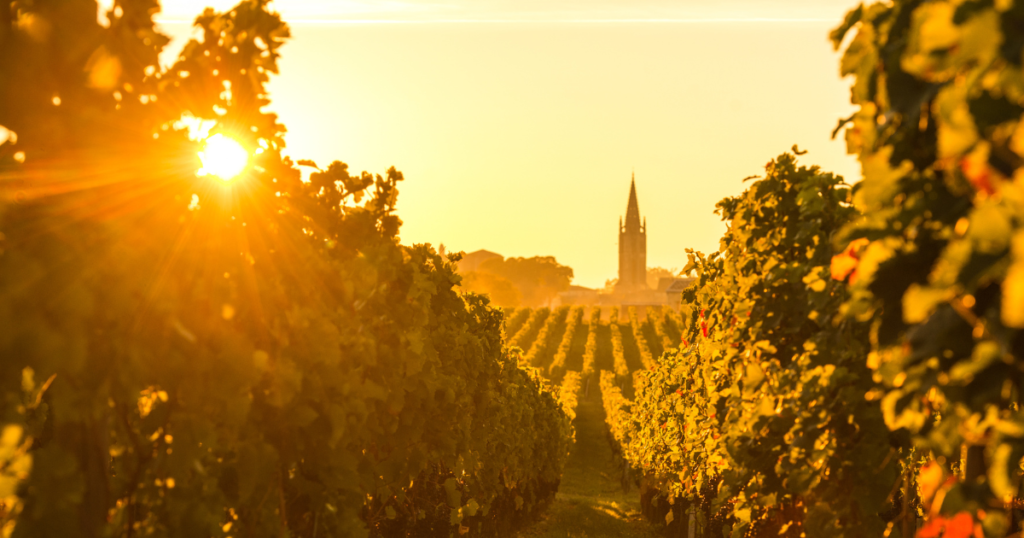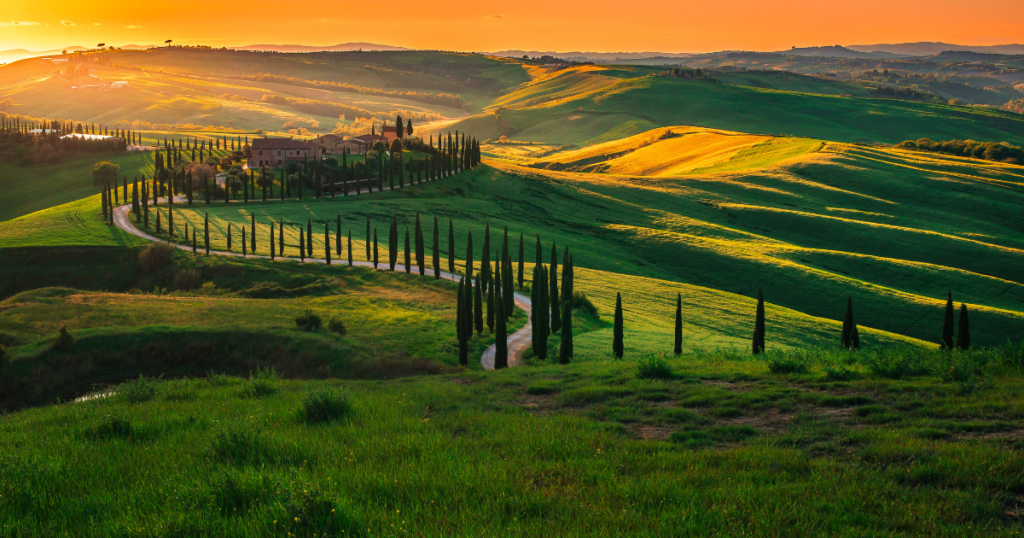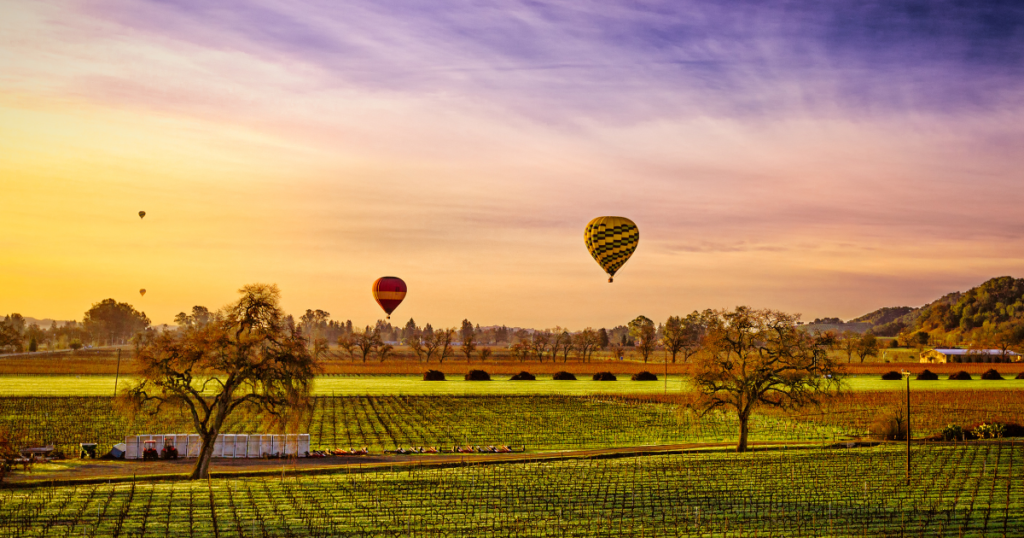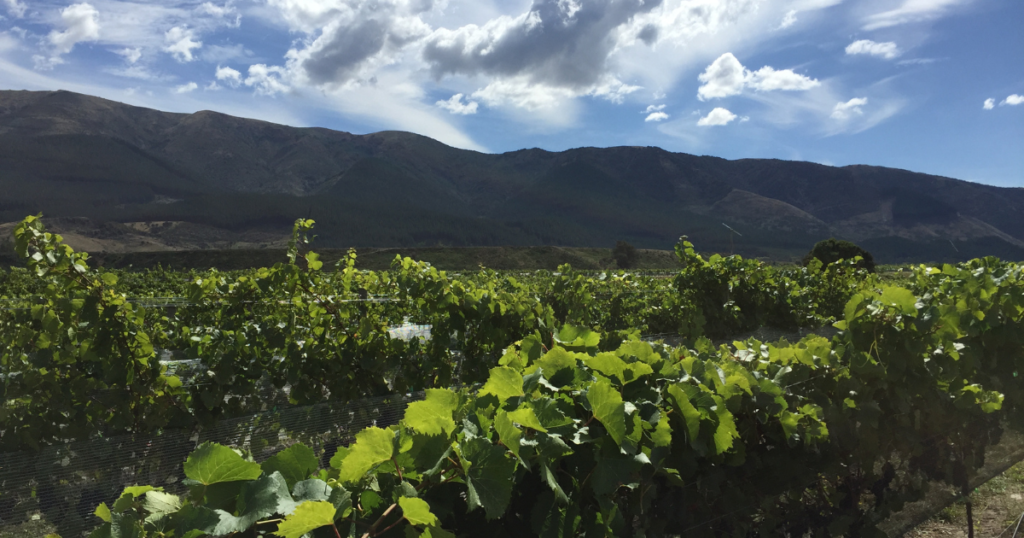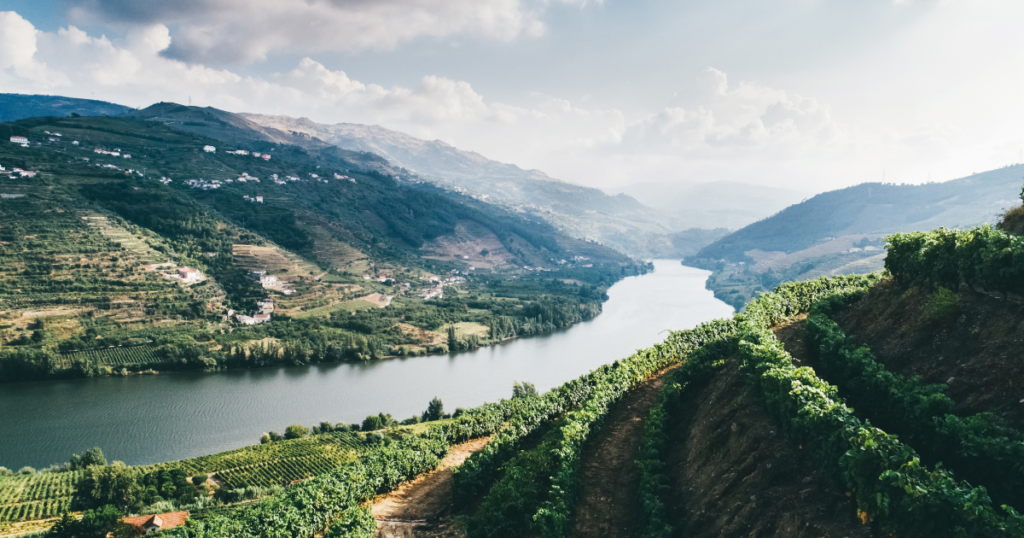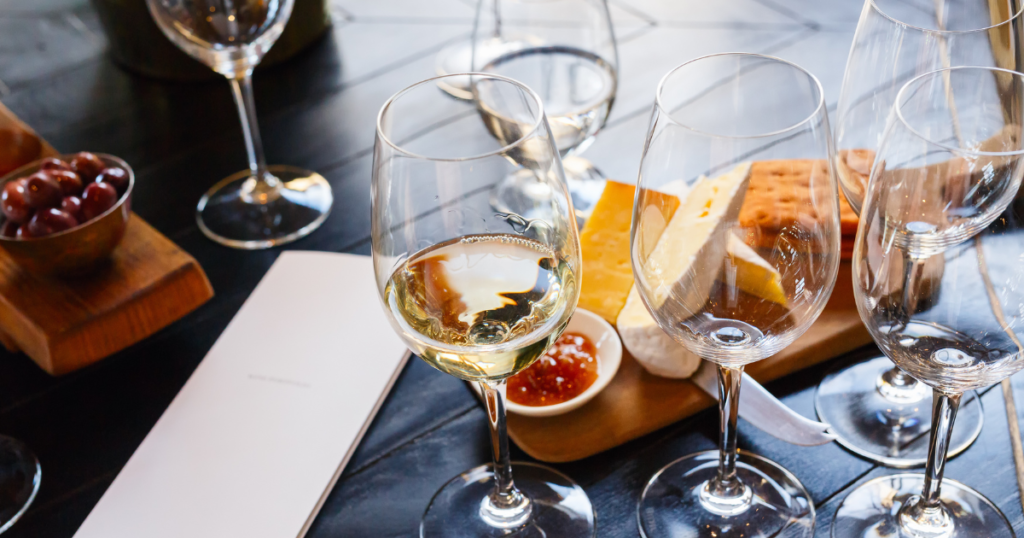Welcome to the wonderful world of wine! Whether you’re a novice wine enthusiast or a curious traveler seeking new experiences, wine tasting can be an exciting and enjoyable adventure. In this guide, we’ll take you on a journey to discover the basics of wine tasting, from understanding different wine varieties to mastering the art of swirling, sniffing, and sipping. So grab a glass and let’s dive in!
The Fundamentals of Wine Tasting
Are you ready to embark on a sensory journey through the world of wine tasting? Before we delve into the exciting realm of flavors and aromas, let’s start by understanding the fundamentals of wine tasting. By familiarizing yourself with the basics, you’ll be better equipped to appreciate and enjoy the nuances of different wines.
Understanding Wine Varieties
Wine comes in a dazzling array of varieties, each with its own distinct characteristics. Whether you prefer red, white, rosé, or sparkling wines, it’s essential to understand the key differences between them. Reds are typically fuller-bodied with flavors ranging from fruity to earthy, while whites offer a lighter, crisper profile. Rosés provide a refreshing middle ground, and sparkling wines add a touch of effervescence to your palate. Explore different wine varieties and discover your personal preferences.
Tasting Techniques
To fully savor the complexities of wine, mastering the art of tasting is crucial. Start by observing the wine’s appearance. Note its color, clarity, and viscosity. Swirling the wine in your glass helps release its aromas, so give it a gentle twirl. Next, bring the glass to your nose and take a moment to inhale deeply, capturing the wine’s bouquet. Finally, take a sip and let the flavors dance on your tongue. Pay attention to the wine’s structure, acidity, tannins (in red wines), and finish. Engaging all your senses will enhance your tasting experience.
Wine Terminology
As you dive deeper into the world of wine, you’ll encounter a rich vocabulary that describes its characteristics. Familiarize yourself with wine terminology to better communicate your preferences and appreciate the nuances of different wines. For example, tannins refer to the drying sensation you may feel in your mouth when tasting red wines, while acidity contributes to the wine’s freshness and liveliness. Terms like body, which describes the weight and texture of the wine, and finish, which refers to the lingering taste after swallowing, all contribute to the overall wine experience.
Example: Let’s say you’re indulging in a glass of Cabernet Sauvignon. As you observe the wine’s deep ruby color, you give it a gentle swirl in your glass. The aroma of blackberries, cedar, and a hint of vanilla wafts toward your nose. With anticipation, you take a sip and notice the wine’s medium-to-full body, balanced acidity, and velvety tannins. As the flavors of black currants and dark chocolate linger on your palate, you savor the wine’s long, smooth finish. Each sip brings you closer to unraveling the intricate layers of this classic red wine.
Understanding the fundamentals of wine tasting will deepen your appreciation for the art of winemaking and allow you to confidently explore different varieties and regions.
Wine Tasting Around the World
Exploring the world of wine goes beyond just sipping and swirling—it’s a chance to travel to some of the most picturesque and renowned wine regions across the globe. Let’s embark on a virtual tour of captivating destinations where you can immerse yourself in the art of wine tasting.
Bordeaux, France
Known as the wine capital of the world, Bordeaux boasts centuries of winemaking history and is home to prestigious vineyards producing exceptional red blends. Explore the famous „Châteaux Route“ and indulge in tastings of Cabernet Sauvignon, Merlot, and other Bordeaux varietals. Don’t miss the opportunity to visit Saint-Émilion, a charming medieval village surrounded by vineyards.
Itinerary
- Day 1: Begin your Bordeaux journey in the city center and explore the iconic Place de la Bourse and the historic wine merchant district. Visit renowned châteaux like Château Margaux and Château Mouton Rothschild for tastings of Bordeaux’s famous red blends, paired with local cheese and baguette.
- Day 2: Venture to the picturesque village of Saint-Émilion and discover its underground wine cellars. Enjoy tastings at prestigious wineries such as Château Angélus and Château Canon, paired with classic French dishes like confit de canard and foie gras.
- Day 3: Explore the Médoc region and visit prestigious wine estates like Château Lafite Rothschild and Château Palmer. Savor the complex flavors of Cabernet Sauvignon and Merlot wines, accompanied by regional specialties like entrecôte bordelaise.
Tuscany, Italy
Tuscany’s rolling hills, cypress-lined landscapes, and historic wineries create an enchanting backdrop for wine lovers. Discover the renowned Chianti region, where you can sample Sangiovese-based wines, including Chianti Classico and Brunello di Montalcino. Take in the breathtaking vistas and enjoy a wine tasting experience amidst the beauty of the Tuscan countryside.
Itinerary
- Day 1: Visit a local winery in Chianti and enjoy a wine tasting session paired with traditional Tuscan dishes like bistecca alla Fiorentina (Florentine steak) and pappa al pomodoro (tomato and bread soup).
- Day 2: Take a cooking class in Siena and learn to prepare regional specialties such as ribollita (vegetable and bread soup) and homemade pasta dishes. Pair your creations with local Vernaccia di San Gimignano or Brunello di Montalcino wines.
- Day 3: Experience the charm of Florence’s food scene with a visit to the Mercato Centrale. Sample a variety of cheeses, cured meats, and freshly baked bread, pairing them with Chianti Classico or Vino Nobile di Montepulciano.
Napa Valley, USA
Nestled in the heart of California’s wine country, Napa Valley is synonymous with world-class wines and breathtaking vineyards. Explore the valley’s diverse wineries, from large-scale estates to boutique family-owned vineyards, where you can taste exceptional Cabernet Sauvignon, Chardonnay, and other varietals. Don’t forget to schedule a hot air balloon ride to soak in the panoramic views of the valley.
Itinerary
- Day 1: Explore the vineyards of Napa Valley and enjoy tastings of Cabernet Sauvignon, Merlot, and Chardonnay. Pair your wines with artisanal cheeses, local charcuterie, and crusty bread.
- Day 2: Indulge in a farm-to-table dining experience at one of Napa’s renowned restaurants, where seasonal ingredients are expertly paired with Napa Valley wines. Try a Pinot Noir with roasted duck or a Sauvignon Blanc with fresh seafood.
- Day 3: Join a wine and chocolate pairing session, where you can savor the harmonious blend of rich chocolates and velvety red wines. Wrap up your gourmet adventure with a picnic among the vineyards, enjoying a bottle of sparkling wine and artisanal treats.
Mendoza, Argentina
Venture to the high-altitude vineyards of Mendoza, Argentina, where the Andes Mountains provide a stunning backdrop. Known for its Malbec, Mendoza offers a range of wine-tasting experiences, from traditional wineries to contemporary wine cellars. Explore the vineyards on bicycle or horseback, savoring the full-bodied reds and enjoying the warmth of Argentine hospitality.
Itinerary
- Day 1: Start your Mendoza adventure in the city and explore the Plaza Independencia and the vibrant street of Avenida Arístides Villanueva. Visit renowned wineries in the Luján de Cuyo region, such as Catena Zapata and Achával-Ferrer, and indulge in Malbec tastings paired with Argentine empanadas.
- Day 2: Venture to the scenic Uco Valley and discover wineries like Bodega Salentein and Bodega Piedra Negra. Enjoy tastings of high-altitude Malbec and elegant Chardonnay, accompanied by traditional Argentine asado (barbecue) with juicy steak and chimichurri sauce.
- Day 3: Explore the picturesque landscape of the Maipú region and visit wineries such as Bodega Norton and Trapiche. Experience the rich flavors of Argentine Bonarda and Torrontés wines, paired with regional delicacies like locro (a hearty stew) and dulce de leche desserts.
Marlborough, New Zealand
In the picturesque region of Marlborough, New Zealand, you’ll discover the vibrant flavors of Sauvignon Blanc. Explore the vineyards nestled among stunning landscapes, where cool ocean breezes and sunny days contribute to the distinctive character of the wines. Take part in a tasting session and learn about the unique terroir that makes Marlborough wines truly exceptional.
Itinerary
- Day 1: Arrive in Blenheim, the heart of Marlborough, and visit wineries such as Cloudy Bay and Wairau River Wines. Enjoy tastings of Marlborough’s renowned Sauvignon Blanc, paired with fresh seafood from the nearby coast.
- Day 2: Explore the picturesque vineyards of the Awatere Valley and visit wineries like Yealands Estate and Brancott Estate. Sample aromatic white wines and cool-climate Pinot Noir, accompanied by gourmet picnic lunches.
- Day 3: Journey to the scenic town of Picton and experience wine tastings at vineyards such as Seresin Estate and Forrest Wines. Pair your wine tastings with locally sourced cheeses and artisanal chocolates.
Douro Valley, Portugal
Experience the charm of Portugal’s Douro Valley, the oldest demarcated wine region in the world. Known for its Port wine production, this UNESCO World Heritage site offers breathtaking terraced vineyards and historic wine estates. Enjoy a leisurely river cruise along the Douro River while savoring a glass of Port and exploring the region’s rich winemaking traditions.
Itinerary
- Day 1: Begin your Douro Valley exploration in the charming town of Pinhão and embark on a scenic boat tour along the Douro River. Visit iconic wineries like Quinta do Crasto and Quinta Nova, and savor tastings of Port wine paired with traditional Portuguese codfish fritters.
- Day 2: Venture deeper into the Douro Valley and explore wineries in the villages of Peso da Régua and São João da Pesqueira. Taste Douro’s famous red blends and enjoy views of the terraced vineyards, complemented by regional delights like roasted suckling pig.
- Day 3: Discover the historic town of Amarante and visit wineries such as Quinta da Aveleda and Quinta do Vallado. Sample refreshing Vinho Verde and full-bodied Douro wines, accompanied by Portuguese cheeses and pastries like pastel de nata.
Remember, these are just a few of the countless wine regions waiting to be explored. From the scenic landscapes of South Africa’s Stellenbosch to the picturesque vineyards of Australia’s Margaret River, each destination has its own unique wine culture and tasting experiences to offer. So, raise your glass and embark on a global wine tasting adventure!
Food and Wine Pairing
One of the most delightful aspects of wine tasting is the opportunity to pair wines with delicious cuisine. The right combination can elevate both the flavors of the food and the characteristics of the wine. Here are some tips and suggestions for successful food and wine pairing:
The Basics of Pairing
Complement or Contrast: You can choose to either complement the flavors of the food with similar wine flavors or create a contrast that brings out new dimensions.
Balance Intensity: Match the intensity of the food with the intensity of the wine. Lighter dishes pair well with lighter wines, while bold flavors can handle bolder wines.
Consider Acidity: High-acid wines like Sauvignon Blanc or Riesling work well with acidic foods, while wines with lower acidity, such as Chardonnay or Merlot, are better suited to richer dishes.
Classic Pairings
Red Wine and Red Meat: Cabernet Sauvignon or Syrah/Shiraz with a juicy steak or lamb.
White Wine and Seafood: Crisp Chardonnay or Sauvignon Blanc with grilled fish or seafood pasta.
Sparkling Wine and Appetizers: Champagne or Prosecco with oysters, cheese platters, or bruschetta.
Regional Pairings
Italian Delights: Pair a Sangiovese-based Chianti with tomato-based pasta dishes or a rich Barolo with hearty Italian stews.
French Romance: Enjoy a buttery Chardonnay with a creamy cheese or a Bordeaux blend with a perfectly cooked filet mignon.
Spanish Tapas: Savor a Tempranillo with a plate of flavorful chorizo or a crisp Albariño with fresh seafood paella.
Adventurous Pairings
Asian Fusion: Try a Gewürztraminer with spicy Thai curry or a fruity Riesling with sushi rolls.
Sweet Treats: Indulge in a late-harvest dessert wine like Sauternes or a Port with rich chocolate or cheese.
Cheese Pairings: Experiment with different cheese varieties, such as pairing a bold Cabernet Sauvignon with aged cheddar or a creamy Chèvre with a crisp Sauvignon Blanc.
Remember, these are just guidelines, and personal preferences play a significant role in pairing food and wine. Don’t be afraid to explore and experiment with different combinations to find your own palate-pleasing matches.
Wine Tasting Etiquette and Tips
When it comes to wine tasting, there are a few etiquettes to keep in mind to ensure a pleasant and enriching experience. These tips will help you navigate the world of wine with confidence and make the most of your tasting adventures:
- Respect the Pouring Order: In a formal wine tasting setting, wines are typically poured in a specific order, starting with white wines and progressing to red wines. This allows you to appreciate the flavors and nuances without overwhelming your palate. Follow the lead of the host or sommelier and taste the wines in the recommended sequence.
- Use Proper Glassware: The right glassware can greatly enhance your wine tasting experience. Opt for a tulip-shaped glass with a narrow rim for white wines and a broader bowl for red wines. The shape of the glass helps concentrate the aromas, allowing you to fully savor the wine.
- Observe the Color and Clarity: Before swirling and sniffing the wine, take a moment to observe its color and clarity. Hold the glass against a white background and note the shades and intensity. This visual assessment can provide insights into the age and quality of the wine.
- Master the Swirl: Swirling the wine gently in the glass releases its aromas, allowing you to detect subtle scents and fragrances. Hold the base of the glass and make small circular motions to give the wine a gentle swirl. Remember, you’re not trying to create a whirlwind!
- Take Your Time: Wine tasting is a sensory experience that requires patience and attentiveness. Take small sips and let the wine linger on your palate, allowing its flavors to unfold. Pay attention to the different taste elements like acidity, sweetness, tannins, and body.
- To Spit or not to Spit: In professional tastings, it’s common to spit the wine after swirling and sipping to avoid intoxication and maintain a clear palate. However, in social or casual settings, you can choose to either swallow or discreetly spit, depending on your preference.
- Engage with the Experts: If you’re attending a guided wine tasting, don’t hesitate to engage with the experts. Ask questions about the wine, vineyard, production process, and any other curiosities you may have. They are there to enhance your understanding and provide valuable insights.
- Hydrate and Pace Yourself: It’s essential to stay hydrated during a wine tasting session. Sip water between wines to cleanse your palate and prevent dehydration. Additionally, pace yourself to fully appreciate each wine without overwhelming your senses.
- Take Notes and Trust Your Palate: Keep a small notebook or use a wine tasting app to jot down your impressions and preferences. Everyone’s taste buds are unique, so trust your own palate and don’t be influenced solely by others‘ opinions. Discover your personal preferences and enjoy the journey of exploring different wines.
Remember, wine tasting should be an enjoyable and educational experience. By following these etiquette tips and embracing the adventure, you’ll develop a deeper appreciation for the world of wine and create lasting memories along the way.
Embarking on a wine tasting journey is not only a delightful way to indulge in your love for wine, but it’s also an opportunity to explore different cultures, landscapes, and flavors around the world. Whether you’re sipping on a rich Bordeaux in France or enjoying a crisp Sauvignon Blanc in New Zealand, wine tasting adds a layer of richness to your travel experiences. So, gather your wine-loving friends, set out on vineyard adventures, and let the world of wine captivate your senses!
Follow us on Facebook, Pinterest and Instagram for more travel tips and inspiration.
Lambus is your ultimate travel companion when it comes to exploring the world of wine. With its innovative features and user-friendly interface, Lambus makes it easier than ever to plan and organize your wine tasting trips. Whether you’re visiting renowned vineyards in Napa Valley, sampling Bordeaux’s finest wines, or indulging in the rich flavors of Tuscany, Lambus helps you create the perfect itinerary, discover hidden gems, and navigate your way through wine regions with ease. With access to detailed maps, local recommendations, and personalized trip planning tools, Lambus ensures that every step of your wine tasting journey is seamless and memorable. So raise a glass, embark on your wine adventure, and let Lambus be your trusted companion along the way. Cheers to unforgettable wine experiences! ?

